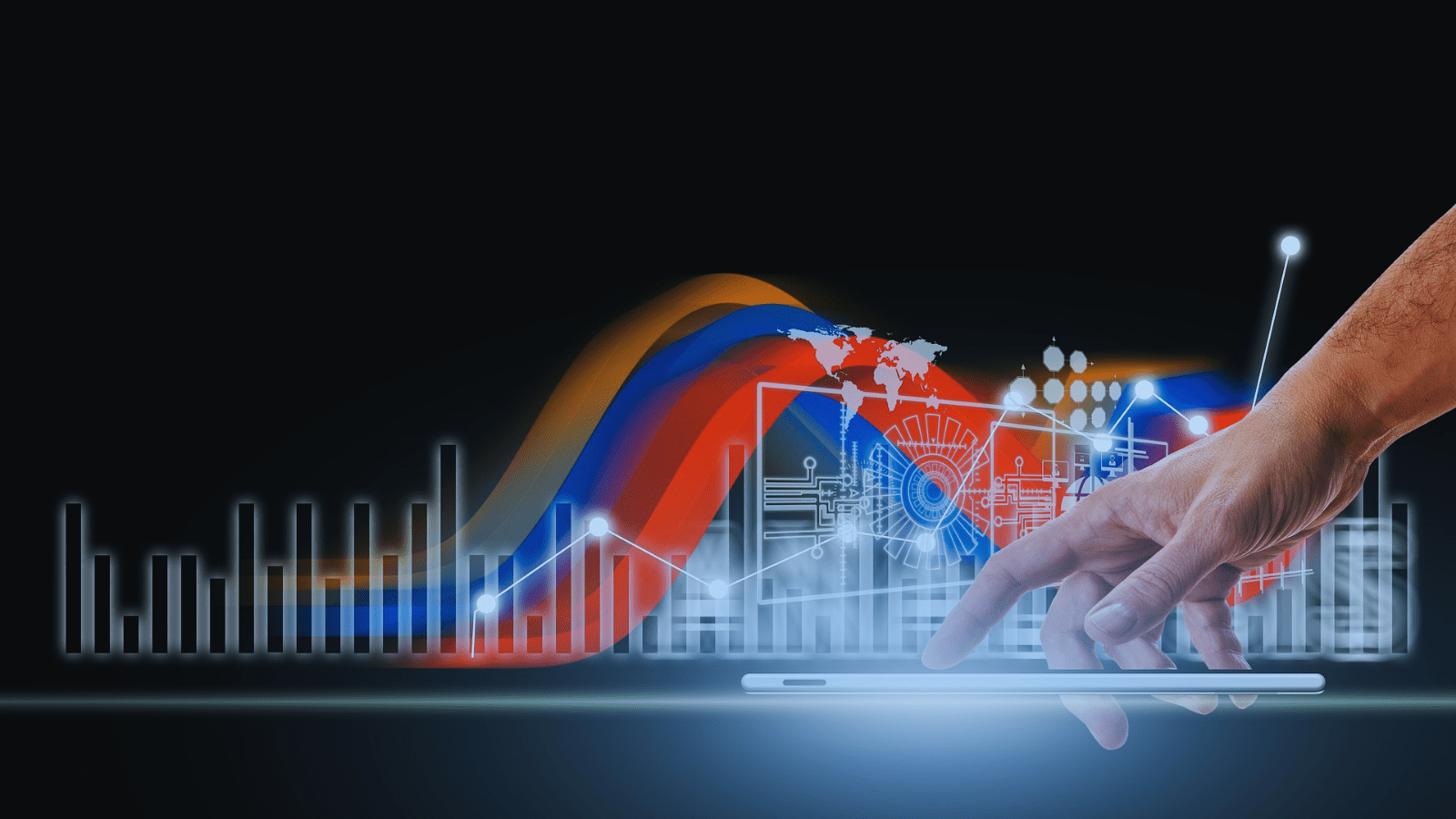In recent years, the focus on Computer Vision has grown, thanks to the advent of increasingly advanced Machine Learning techniques that have allowed us to achieve performance comparable to that of the human brain.
The growing ability to analyse video streams has shown that Computer Vision is one of the most promising software solutions in the field of artificial intelligence. More and more companies are turning their attention to this technology to improve their business performance.
How do Computer Vision algorithms work and what opportunities can they offer?
The tasks of Computer Vision
Computer Vision (CV) algorithms can perform in-depth investigations of an image, depending on the techniques used, the type of image and the type of task performed. The remarkable advances that CV is recording are mainly due to the development of the techniques of Deep Learning, the most advanced branch of Machine Learning.
Among the possible tasks are:
- Image Classification: image content analysis and semantic label attribution;
- Object Detection: search and identification of one or more objects within an image or video stream;
- Object Segmentation: similarly, to object detection, object search within images or video streams. When detected, it contours them precisely. Segmentation can be made more evident by the presence of “colored shapes” around the detected objects; does not include image enhancement features;
- Image Super Resolution: redefinition of an image, increasing its resolution and image definition quality;
- Face Recognition: face recognition of people;
- Face Comparation: the comparison of 2 faces, present in different images, aimed at identifying if the faces belong to the same person.
- Action Recognition: identification of one or more entities and their relationship in time and space in order to identify and describe specific actions;
- Emotion Recognition: sensing the sentiment of an image;
- Image Editing: changes to an image (ex: obscuration of sensitive data).
In addition, there are several ways in which an Artificial Vision architecture can extract information from images:
- Hand Crafted Features
- Computer Vision Features
- Data Driven Features
All can be selected individually or combined depending on the needs of the analysis. The first is based on the concept that algorithms can extract and define what is relevant in the image (ex. a specific color, shape, area, size), while the second is based on the division into small segments to allow a deeper analysis.
The true frontier of Computer Vision, however, are the techniques based on Data Driven Features, which allow the recognition and classification of images without having to design the phase of extraction of features that is carried out by neural networks.
How does the CV work?
But how does a machine recognize objects in a video stream? The whole system is based on 3 basic steps:
1. Image capture: Images are captured by the computer, even in real time, using photos or 3D technology, with the aim of analysing them.
2. Image processing: Deep learning models enable the machine to process the image through specific tasks. Algorithms are previously trained by uploading thousands of previously labeled and identified images.
3. Image interpretation: Finally, the machine identifies, understands and classifies the processed image and takes action or reporting.
Machine Learning allows you to train systems to understand the context of a photo on the basis of a data set and in this way you can understand what represent all the numbers you are analyzing. In fact, it is essential to know that a machine does not see the image as we see it, but observes a set of numbers to be processed and interpreted according to how they are organized.
Computer Vision can train itself to become better and more skilled than human vision, in fact when an image is ambiguous we can continue to train the system with other types of images until the computer has enough data to be able to distinguish them perfectly.
You may also be interested in…

AI AND MACHINE LEARNING: THE REAL LEADERS OF CYBER PROTECTION


